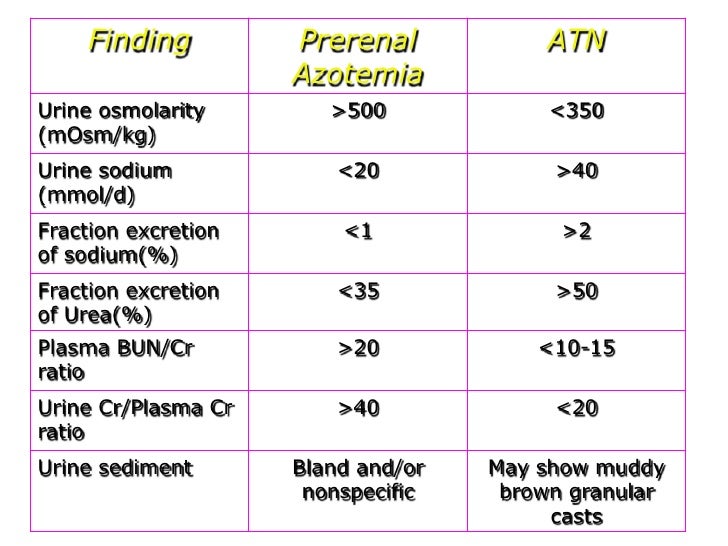

However, we still do not know in which cases of jaundice, neonates should be evaluated in terms of hypernatremia. Moreover, the risk factors for hypernatremia are not yet defined in newborns with jaundice.Īccording to previous studies, jaundice is associated with reduced or increased sodium concentration. In neonates with jaundice, who show signs of weight loss or dehydration, the appropriate time for the assessment of serum sodium concentration has not been determined. Neonatal jaundice is the most common cause of neonatal admission in Iran, and approximately 1.5-3% of infants present with hypernatremia (1, 3). There have been debates among pediatricians as to when sodium concentration measurement is required for neonates with jaundice and whether hypernatremia severity could be determined by the amount of weight loss. Early hospital discharge after delivery, inadequate training of mothers, lack of attention to the adequacy of milk intake, and poor breastfeeding techniques contribute to the neonate’s poor oral intake (1). In recent years, the incidence of neonatal hypernatremic dehydration has increased, and insufficient milk intake is considered the most important risk factor. Weight loss accompanied by hypernatremia, as a result of insufficient milk intake, can result in serious complications such as stroke, brain hemorrhage, and thrombus in neonates (1). Moreover, insensible fluid loss from liver and body continues due to the immaturity of infant’s skin, which can lead to intensified dehydration (2). Insufficient milk intake in the first days of life can lead to neonate’s weight loss and even jaundice.Īs milk intake reduces, newborn’s kidneys try to reabsorb urinary sodium and maintain the fluid as a defense mechanism this process leads to hypernatremia. It is the regulation of this latter fraction of filtered Na+ that determines the amount of Na+ excreted in the urine.Neonatal jaundice, a common condition among breastfed infants, is a leading cause of neonatal admission during the first week of infant’s life (1).

In the distal tubules, interaction of the adrenocortical hormone aldosterone with the coupled sodium-potassium and sodium-hydrogen exchange systems directly results in the reabsorption of Na+ and indirectly of chloride from the remaining 5% to 10% of the filtered load. Another 20% to 25% is reabsorbed in the loop of Henle along with chloride and more water. Approximately 70% to 80% of the filtered Na+ is actively reabsorbed in the proximal tubules with chloride and water passively following in an iso-osmotic and electrically neutral manner. The body requires only 1 to 2 mmol/day, and the excess is excreted by the kidneys, which are the ultimate regulators of the amount of Na+ (and thus water) in the body. The normal daily diet contains 8 to 15 grams of sodium chloride (NaCl), which is nearly completely absorbed from the gastrointestinal tract. The amount of Na+ in the body is a reflection of the balance between Na+ intake and output. Na+ is responsible for almost one-half the osmolality of the plasma and, therefore, plays a central role in maintaining the normal distribution of water and the osmotic pressure in the extracellular fluid compartment. Sodium (Na+) is the primary extracellular cation.


 0 kommentar(er)
0 kommentar(er)
